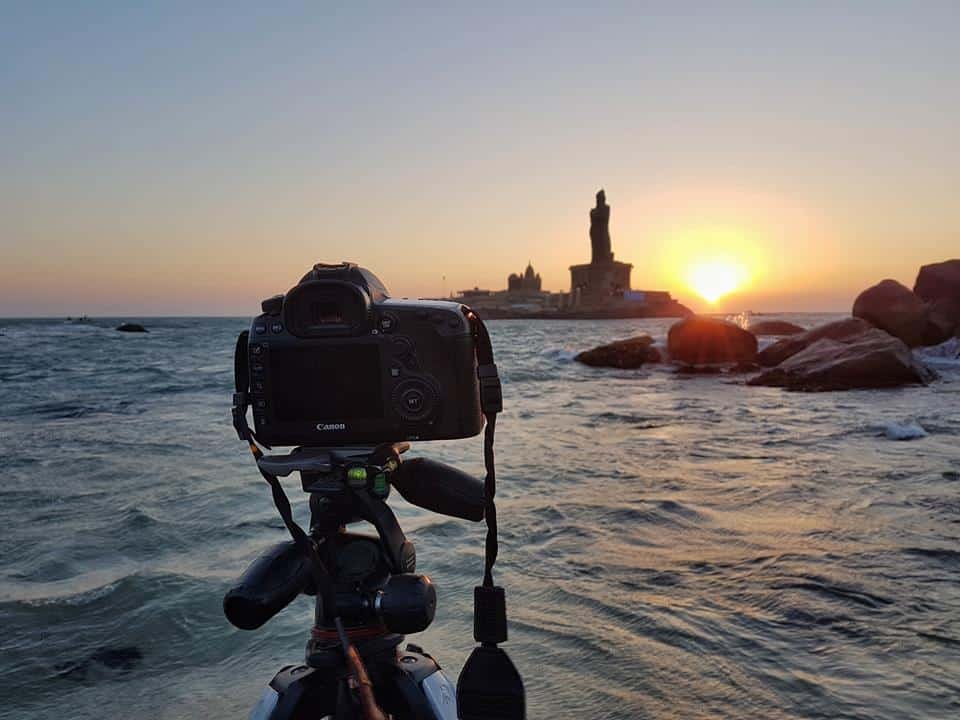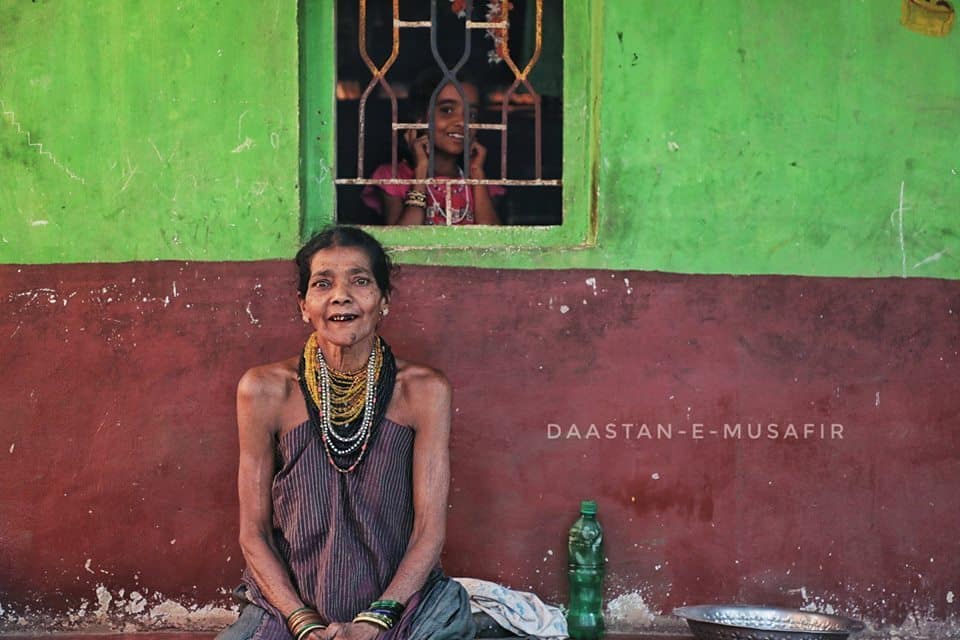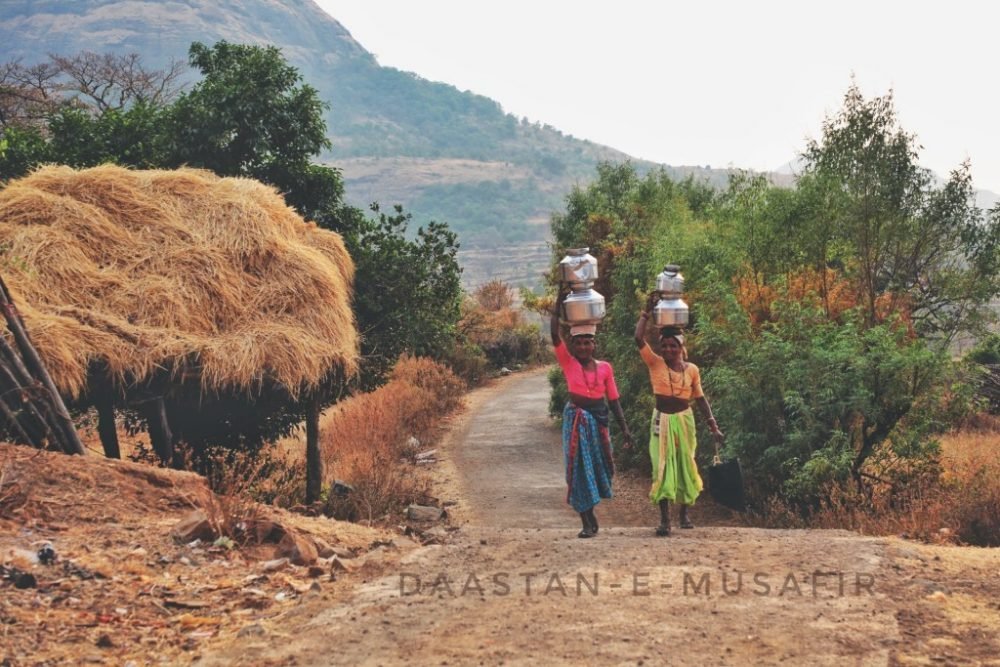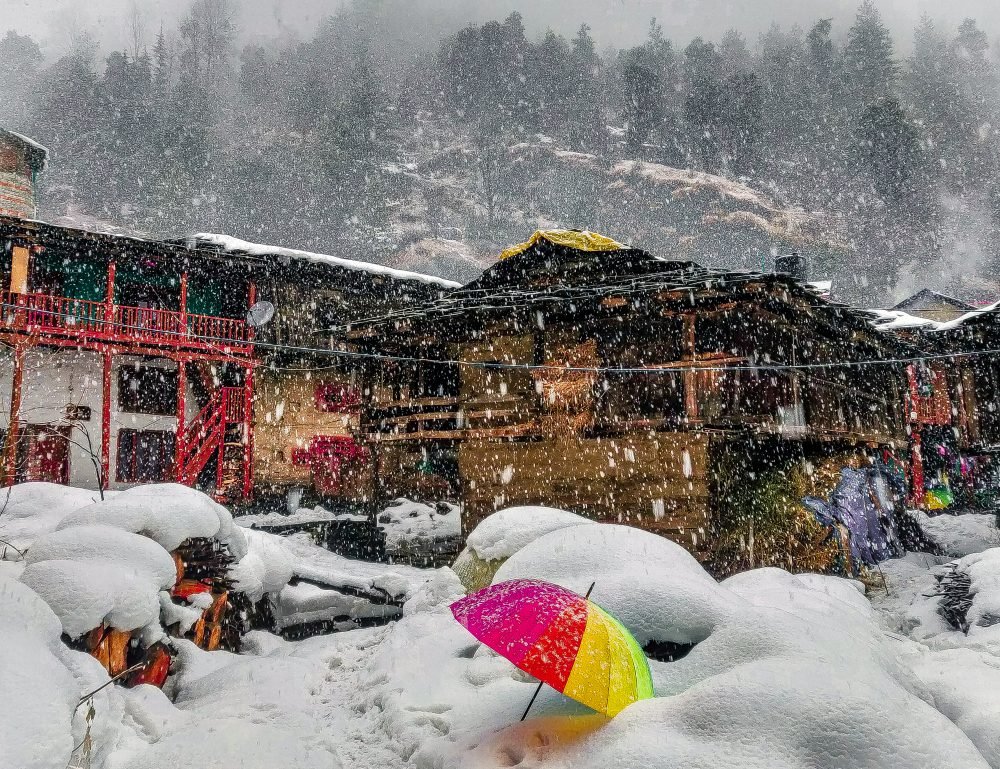When they say travel photography, a montage of cool Bollywood movies, random travel plans, living a life on the edge sort of images race in mind. But is that it? Is that the truth of travel photography? Certainly, no! Let’s blame Bollywood, travel shows, and social media platforms for this ultra romanticized portrait of the super cool life of a travel photographer. There is more, far more than you can imagine that goes into the making of a travel photographer. This article is woven out of personal experiences and choices made and undone or maybe the other way round.

A couple of years back, while I was working as a travel writer, I dawned upon this great realization— The words were painstaking and the payment, well, let’s just say peanuts. Dear writers are a race of underprivileged robots who are apparently just presumed to punch the keyboard mindlessly to write a piece. So I decided to quit my job and enroll in a quick photography course that would help me understand the basics. And there I was back in a classroom with a camera in hand with an undeniable confusion about how to switch it on. The idea behind all this was not to give up writing but to add more to my skill set. Offer more than words. Offer pictures and videos as a form of travel documentation. But hey, how do I switch on this huge Canon camera with so many buttons? So we went back to the start, started learning the S, A and I of photography?
So what is the S—A—I of photography?
That sound the camera makes, every time you click a picture is because of the camera shutter. The camera shutter opens and shuts for a set interval of time (that you decide). The amount of time that your camera shutter remains open is the shutter speed.
Example: I need to freeze the movement of the fluttering player flags/ or let’s say the rapid movement of birds flying. This means I need my camera to capture the image quickly without blurring any of it. So I choose a higher shutter speed, let’s say 1/350. Now, 1/350 would mean 350th part of a second.
On the contrary, say, there’s a dim-lit room, and I want the shutter to remain open for long (so that more amount of light can enter the camera). I will set a shutter speed of 1/30. Now that means 30th part of a second.
The larger the aperture, the more amount of light enters the camera. It is measured in: “F stops”
Example: It’s a bright sunny day in Paris, and you are out in one of those cafés. When you decide to take a picture, keep the F around, say 13, or so. On the contrary, let’s say you are again in Paris, it’s raining and you in one of those nostalgia shops with those hazy tungsten lights, keep the F around 4.5 or so.
Also, if you are reading this carefully, by now you should have a question, how is F 4.5 bigger than F 13. It’s like Phoebe; it works the other way round. You’ll get the hang of it.
It helps create artificial light. In those dark, dingy times, when you don’t have enough light to expose the camera to, increase the ISO. But, life ain’t that easy, my friend, a higher ISO increases the sensitivity to light. A higher ISO makes the available light more abundant to the camera. However, the higher the ISO, the grainier the picture.
Composition matters: Above all, the technique in your craft, what matters is the art of composition. What is your picture saying? Is there a story to tell? Let the picture composition tell stories. Let the picture talk. Let’s understand this better!

Every picture should tell a story of a fleeting moment frozen in time.
Take, for example, the story of a tribe called Halakki. The Halakki dress differently. The women of the community are known to have a song for every occasion. They wrap their sarees around and secure a pin at the back, wearing gorgeous beads around their neck. However, do you notice that only the old woman in the picture is wearing this traditional dress? The young girl in the picture is wearing a western frill dress and clearly pointing to the path of losing tradition in the era of modernization.

Take another example: This picture tells the story of the villages of India. It tells the story of the women of our country, the mountains and obstacle they cross to bring home water for their family, even in today’s day and age.
Likewise, every photograph has a story to tell, a moment to talk about. The idea is that your picture should talk. It should not just be the right technique but beyond. The technique is important, but only so that it can enable the photographer to capture a story, a mood, a fleeting moment, a concept, or even more, that is the art of photography.
You may click a great picture, but if it doesn’t talk, if it doesn’t tell a story, it barely is any good then.

Words can help you paint a mental picture of what it was like, photographs, on the other hand, can show what it was actually like. For instance, I can tell you how winters in Manali are absolute bliss. Every inch of every branch is wrapped in snow as if lulled to sleep until springs wake up the sleeping greens. However, this picture will take you right to the moment when Manali froze in absolute beauty.
The above example of the Hakkali tribe is even more important in terms of documentation. It is important to document tribes like Halakki. I personally believe it is as good as a responsibility on the part of us travel writers and photographers because these tribes are soon to be the last of something. Soon their traditional songs and dresses would be forgotten in the loom of time and somebody, ohh God, somebody, please capture them so that we remember what our tribes are like or rather, were like. Otherwise, we’d soon lose the magic of India— the many tribes, many cultures, many cities, and villages, will soon be nothing but folklore.
A lot of my photographer friends, work for commercial shoots be it weddings/ products/ fashion/architecture… so on. However, they say that they can’t take the plunge to travel photography because it doesn’t pay well, and it’s hard to sustain. Having said that, I am a firm believer of the fact that you can truly build the life you want to. There was a point in time when I did commercial shoots for the money’s sake and then whenever there were no shoots or possibly any blank space in the shooting schedule I’d pack my bags to a nearby location and shoot travel for my own happiness. I carefully documented whatever I shot on these trips and used all the pictures and videos to create a buzz on social media. Gradually, I was able to create a travel portfolio, which was then emailed to random travel companies and organizers. What then began was a transition phase — one leg in commercial shoots and the other in travel. As soon as I started getting travel projects, I bid goodbye to the commercial for good.
Take another example, a wedding photographer friend shoots a wedding during the wedding season and saves whatever he can and then travels when there are no weddings. Simple, eh? It’s all about the choices we make.
1) I read a quote somewhere, that roughly translates to how the first 10000 pictures that you are going to click are absolute trash. The point is, it’s easy to learn the technique but takes a while to learn the art. Give yourself that time and be patient. Click trashy but click.
2) Follow the works of photographers that inspire you.
3) Get to Instagram. It is full of photographers creating and breaking the rules — certainly, a place to learn a lot.
4) Learn editing. See what suits better. Try Photoshop or lightroom. If you want to take this a step further then play stores offer many creative applications these days that can help you transform your images dramatically. However, don’t go overboard with editing. My mentor advised this long time back to me; he said that click a picture and while on the editing table, bring it as close as possible to how it really was. On the other hand, there are no bounds to creativity. You make your picture as crazy as you want. However, one must learn the rules before breaking them. Try basic editing first, and then once you master it, make your pictures as experimentative as possible.
5) Take care of the gear. The camera, the lenses, the tripod— everything! Getting insurance is advisable.